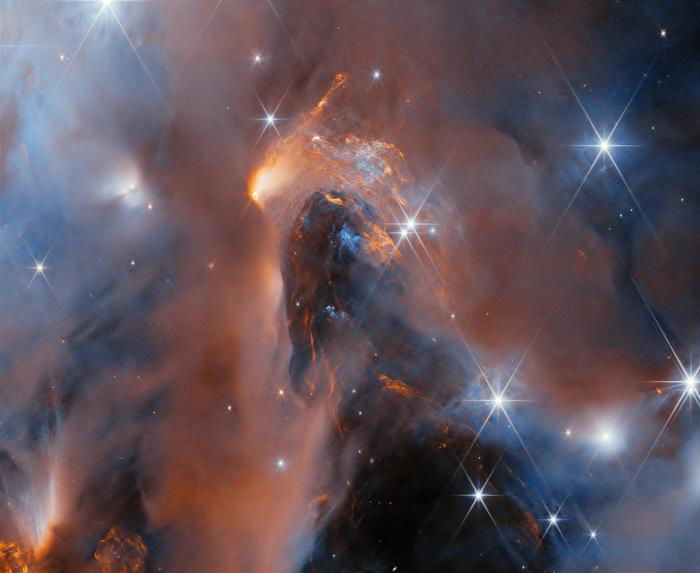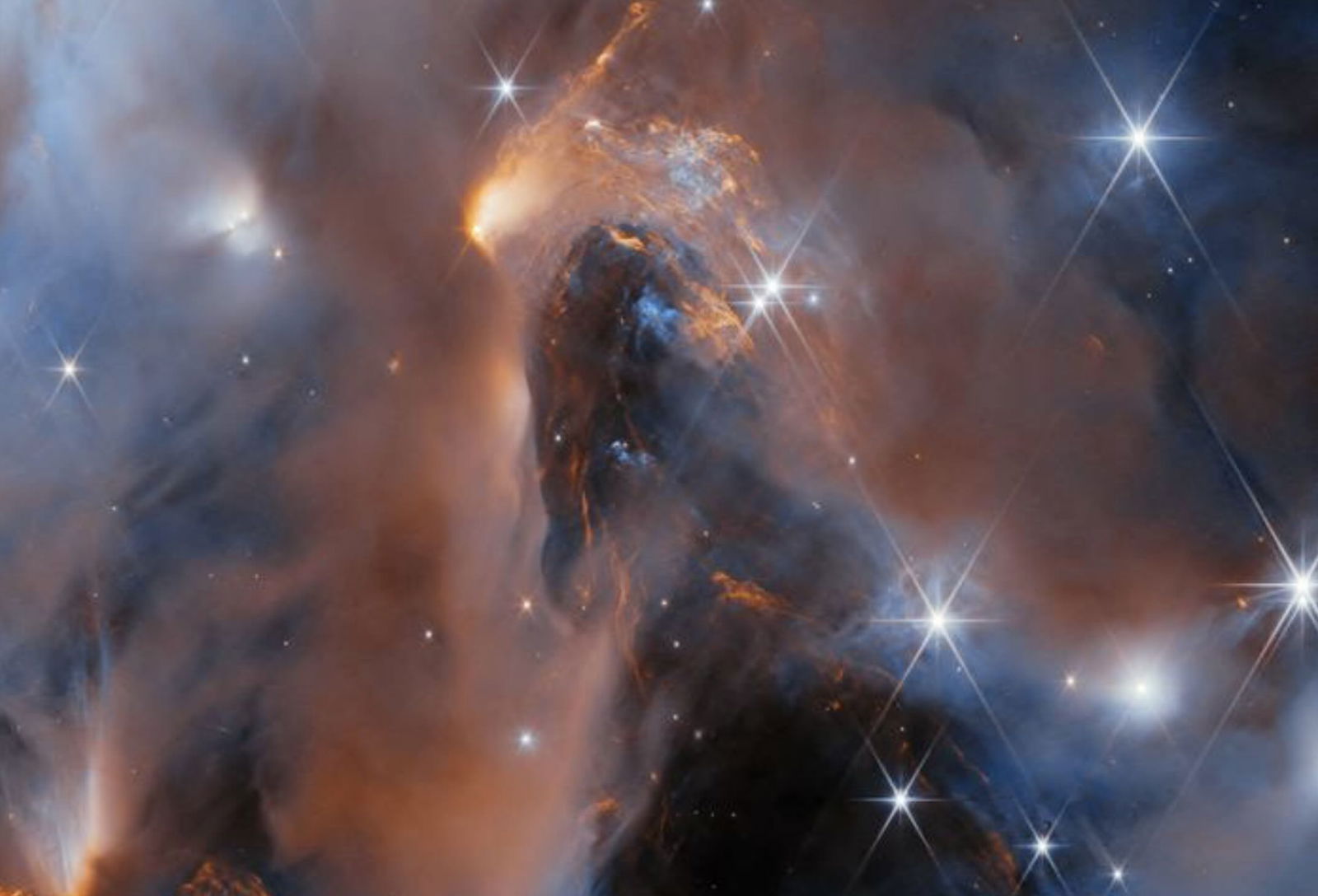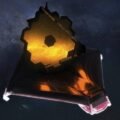Recent images from the Webb Telescope have unveiled six rogue planet discoveries, sparking significant questions among astronomers about the processes of star and planet formation.
These objects, described as “rogue” because they are not connected to any star system, are free from the gravitational pull of a star. Among the six new discoveries, one object stands out as the lightest dusty disc ever observed outside a heliocentric system.
Exploring Star-Forming Regions
A team of astrophysicists has discovered new clues suggesting that, when not tethered to a solar system, planet formation may mirror that of stars, findings they detail in a new paper.
“We are probing the very limits of the star-forming process,” said Adam Langeveld, a visiting scholar at Johns Hopkins University and the paper’s lead author. “If you have an object that looks like a young Jupiter, is it possible that it could have become a star under the right conditions? This is crucial for understanding both star and planet formation.”


The Webb Telescope focused on the young nebula NGC 1333, located 1,000 light-years from Earth. This star-forming cluster in the Perseus constellation was observed beyond the visual light spectrum using the infrared NIRISS instrument. From spectacular imagery to detailed data, Webb provided the team with a wealth of research material. “We used Webb’s unprecedented sensitivity at infrared wavelengths to search for the faintest members of a young star cluster, aiming to address a fundamental question in astronomy: How light an object can form like a star?” explained Ray Jayawardhana, senior author of the study and also from Johns Hopkins University.
Identifying Cosmic Rogues
These solitary objects are the lowest-mass bodies ever discovered to emerge from what is typically the star formation process. The gas giants range from five to ten times the mass of Jupiter and exist in a boundary region between planets and stars, lacking the hydrogen fusion ignition required to become stars. With masses that blur the lines between gas giants and brown dwarfs, these celestial bodies challenge simple classification. Despite their rarity in the Milky Way, they make up a notable 10% of the objects in NGC 1333. “It turns out the smallest free-floating objects that form as stars overlap in mass with giant exoplanets orbiting nearby stars,” Jayawardhana noted.
The researchers believe that a mass five times that of Jupiter is the minimum threshold for such star-like formation patterns to result in rogue planets. “Our observations confirm that nature produces planetary-mass objects in at least two different ways—from the contraction of a cloud of gas and dust, similar to star formation, and within disks of gas and dust around young stars, as Jupiter did in our own solar system,” Jayawardhana explained.
New Insights from Webb Telescope Data
Near this threshold, a dusky disc with a mass equivalent to five Jupiters has captured the team’s interest. Discs are known to play a role in recognized planet formation, but this particular object shows signs of mimicking star formation, with space dust swirling around a central object. “These tiny objects with masses comparable to giant planets may themselves be capable of forming planets,” said Aleks Scholz, a co-author and astronomer at the University of St Andrews. “This could be a nursery of a miniature planetary system, on a much smaller scale than our solar system.”
In addition to the cosmic rogues, a rare brown dwarf with a planetary-mass companion was identified for the first time. “It’s likely that such a pair formed in the same way binary star systems do, from a cloud fragmenting as it contracted,” Jayawardhana commented. “The diversity of systems that nature has produced is remarkable and pushes us to refine our models of star and planet formation.”
Unanswered Questions and Future Research
The team is considering two theories on how these objects form as they continue their search for evidence. The first theory suggests the collapse of a molecular cloud without sufficient mass to create nuclear fusion. The second posits that gas and dust circling stars may form orbs, which are then ejected from their star due to conflicting gravitational interactions.
Looking ahead, the team plans to continue observing these objects, focusing on comparisons with heavier brown dwarfs and gas giants. They have secured additional time on the Webb Telescope to support this effort and intend to study similar dusty discs for signs of mini-planetary systems, akin to the many moons of Jupiter or Saturn.
The team’s paper, “The JWST/NIRISS Deep Spectroscopic Survey for Young Brown Dwarfs and Free-Floating Planets,” has been accepted for publication in a future volume of The Astronomical Journal.
Ryan Whalen covers science and technology for The Debrief. He holds a BA in History and a Master of Library and Information Science with a certificate in Data Science. He can be contacted at ryan@thedebrief.org, and follow him on Twitter @mdntwvlf.

